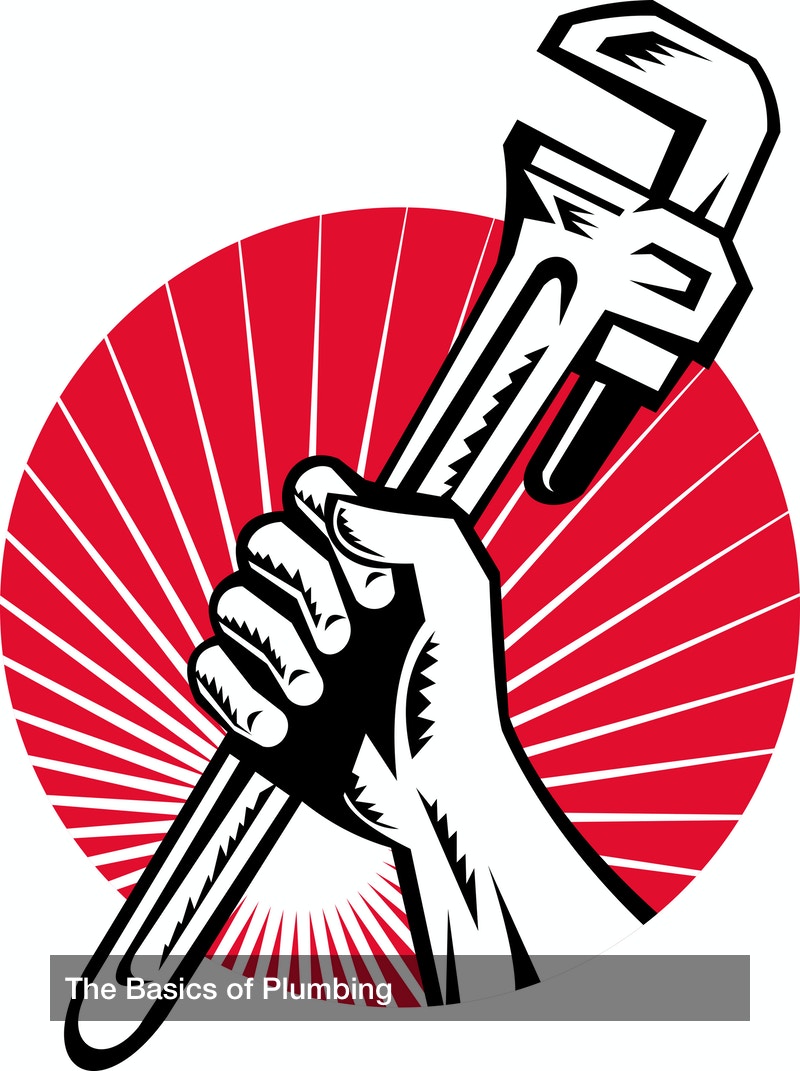

Plumbing Basics
There are quite a few difficulties when discussing plumbing that the best plumbing companies might overlook. Even research can’t begin to crack the iceberg of complexities that pertains to plumbing; it is indeed a lifelong skill for many. However, a quick guide into the world of plumbing and its various areas can provide a basic understanding of drain line repair before venturing down your pipes.
There are two significant parts to plumbing: the water supply system that carries clean water, and the drain waste system that removes unclean water or water that’s no longer being used.
Water Supply System: The water system is used for circulating water from your street’s main valve and is extremely high-pressured as it incoming water to supply showers and faucets. Another additional pipe is required to be dedicated to providing incoming fresh water to the water heater—the water system’s primary function is merely to provide instant, clean water throughout businesses or residential areas as needed.
Drain-Waste Water System: Water must be drained, like everything else; water becomes known as water waste and taken from the residence through the drain-waste process. Gravity is an important factor for this system to work efficiently with various pipes are angled downward to lead the water outside of a residence. This system requires complexities that use different vents, traps to allow things that fall down the drained to get trapped with the ability to retrieve it, but typically requires drain line replacement by professional plumbing companies.
Tanks: Having a tank is crucial in a residence and commercial areas—septic tanks, for example, are described as an “underground chamber” typically comprised of concrete, fiberglass or plastic that domestic water waste flows for necessary treatment. They are used as a type of primary onsite sewage facility that holds waste from traveling.
Lines: There are a variety of lines that plumbing companies use for different resources, such as sewer lines and water lines that are required to be installed in all residential and commercial areas to operate by a plumbing company. Replacing pipes can be taxing; sewer repair, inspections, and water line excavations—when repairing or excavating pipes it is vital to have a general understanding of how and when the optimal time is to make changes.
Sump-pumps: The term is probably unknown to most not within plumbing companies, but they are installed to prevent frequent flooding in isolated areas like basements or if the water table is above or equivalent to the foundation of the home. Areas such as san diego plumbing company are known for performing these type of repairs.
How To Properly Care For Your Septic Tank
Septic tanks catch all the waste-water that flows from your home into the tank. Through time, heavier solids typically sink to the bottom where bacteria reduce them to sludge and gasses while lighter solids remain afloat and form a layer of scum. Approximately 20% of Americans rely on septic tanks for sewage disposal— municipal water-treatment plants sever the additional 80%. Typically, most solids have a decomposition time, but if they are not removed during their periodic pumping period of 3-5 years, the bacteria will continue to accumulate and eventually overflow to the drain field causing extensive damage. A septic tank has a typical life expectancy approximately 25 years, but it all depends on how well the system was designed and maintained by its owner. When discussing your standard septic tank knowing when to pump it is important—once a year is ideal to inspect your septic tank to ensure there are no septic tank repairs required. If so, also knowing how the bacteria appears tells you when pumping is imperative to sustain its warranty. A) When scum in the tank is within 3” of the bottom of the outlet device, the tank needs to be pumped, b) When the top of the sludge layer is close to 12” of the bottom of the outlet, the tank needs to be pumped.
How Do You Know If Your Septic Tank’s System Is Failing?
- 1. An odor is exuding, surfacing sewage, wet spots, excessive vegetation growth in the drain field.
- 2. Plumbing or backups
- 3. Gurgling-like sounds coming from the system
- 4. Slow drainage fixtures